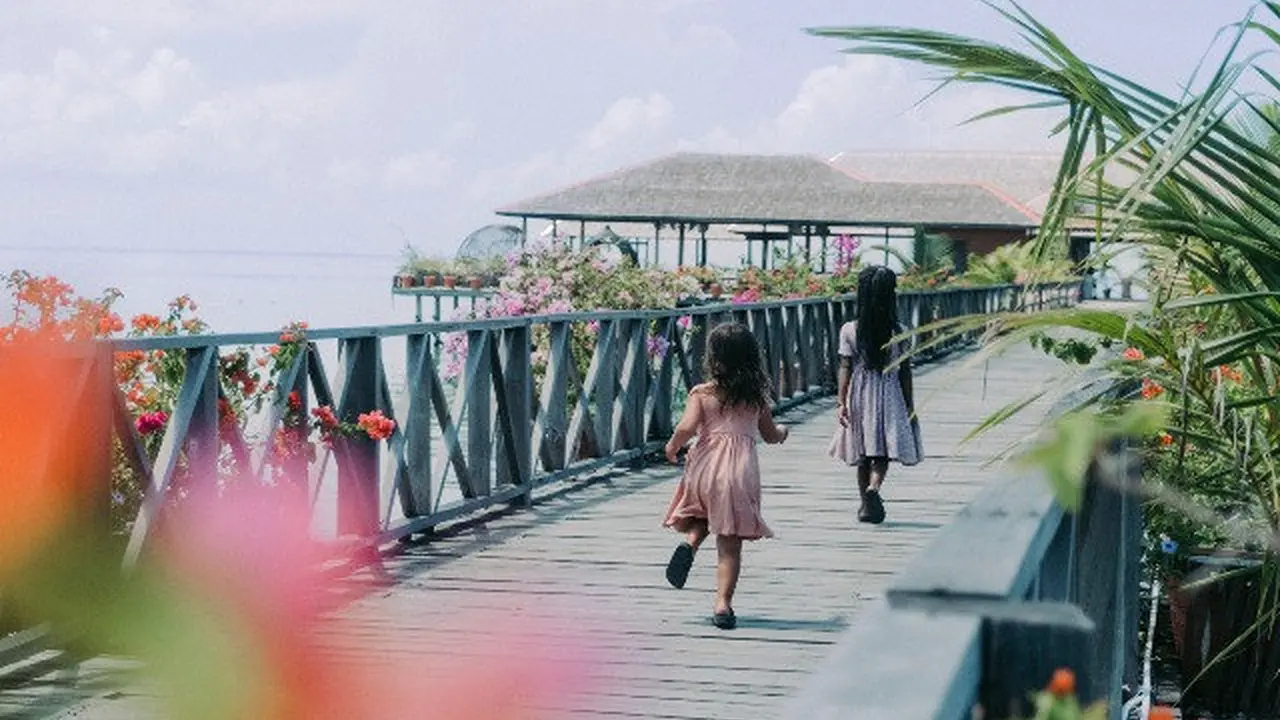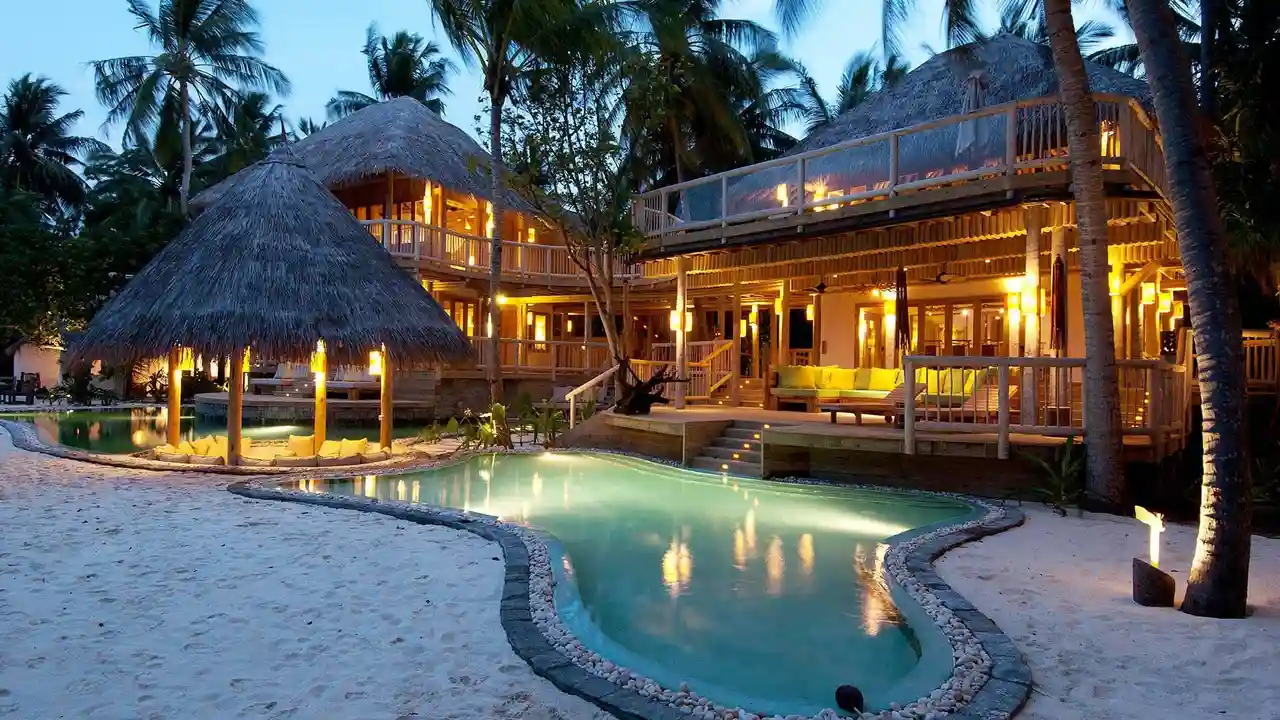Eco Resorts Southeast Asia Reviewed
A detailed review of eco-resorts in Southeast Asia, focusing on their sustainability practices. Learn about accommodations that minimize environmental impact and support local communities. Choose ethical travel options for your next adventure.

What Makes an Eco-Resort Truly Eco-Friendly Southeast Asia Travel
Okay, so you're dreaming of Southeast Asia – pristine beaches, lush jungles, vibrant cultures. But you also want to travel responsibly, right? That's where eco-resorts come in. But what *actually* makes a resort an \"eco-resort\"? It's more than just a few solar panels on the roof. We're talking about a holistic approach to sustainability, encompassing environmental impact, community involvement, and ethical labor practices.
Think about it: are they actively reducing their carbon footprint? Are they conserving water and managing waste effectively? Are they sourcing local products and supporting local communities? Are they treating their employees fairly and providing opportunities for advancement? These are the questions we need to ask when evaluating eco-resorts in Southeast Asia.
It's about going beyond greenwashing. Some places might slap a \"eco\" label on everything, but when you dig deeper, their practices don't really back it up. We’ll help you separate the truly sustainable gems from the posers.
Key Sustainability Practices Eco Resorts Should Follow Southeast Asia
Let’s break down the key areas where eco-resorts should be excelling:
- Energy Efficiency: Solar power, energy-efficient lighting, and smart HVAC systems are crucial. Look for resorts that are actively reducing their energy consumption.
- Water Conservation: Water is a precious resource, especially in some parts of Southeast Asia. Eco-resorts should be implementing water-saving technologies and practices, like rainwater harvesting and greywater recycling.
- Waste Management: Reducing, reusing, and recycling are essential. Look for resorts that compost food waste, minimize single-use plastics, and have robust recycling programs.
- Local Sourcing: Supporting local farmers and artisans reduces transportation emissions and boosts the local economy. Eco-resorts should prioritize sourcing food and products locally.
- Community Involvement: Engaging with local communities is vital. Eco-resorts should be supporting local schools, healthcare facilities, and cultural preservation efforts. They should also be providing employment opportunities for local residents.
- Habitat Preservation: Protecting the surrounding environment is paramount. Eco-resorts should be actively involved in conservation efforts, such as reforestation and wildlife protection.
- Ethical Labor Practices: Fair wages, safe working conditions, and opportunities for advancement are non-negotiable. Eco-resorts should be treating their employees with respect and dignity.
Top Eco-Resorts in Southeast Asia Detailed Reviews and Recommendations
Alright, let's get to the good stuff! Here are a few eco-resorts in Southeast Asia that are doing it right. Note: Prices are approximate and can vary depending on the season and booking platform.
1. Song Saa Private Island, Cambodia Luxury Eco Resort Review
What it is: A luxurious private island resort committed to conservation and community development.
Sustainability Highlights: Marine conservation programs, sustainable building practices, and community support initiatives.
Why we love it: Song Saa is the real deal. They're deeply involved in protecting the surrounding marine environment and supporting the local community. The villas are stunning, the food is incredible, and the staff is amazing. It's a truly unforgettable experience.
Setting the Scene: Think overwater bungalows with private plunge pools, surrounded by turquoise waters and pristine coral reefs. The resort is designed to blend seamlessly with the natural environment, creating a sense of harmony and tranquility.
Activities: Snorkeling, diving, kayaking, island hopping, and cultural experiences.
Price Range: Expect to pay around $1,500 - $3,000+ per night.
2. The Datai Langkawi, Malaysia Rainforest Eco Retreat
What it is: A rainforest retreat committed to sustainable tourism and environmental conservation.
Sustainability Highlights: Reforestation projects, wildlife protection programs, and energy-efficient design.
Why we love it: The Datai is a beautiful resort nestled in the heart of the rainforest. They're doing amazing work to protect the local ecosystem and promote sustainable tourism. The rooms are luxurious, the service is impeccable, and the setting is breathtaking.
Setting the Scene: Imagine waking up to the sounds of the rainforest, surrounded by lush greenery and exotic wildlife. The resort is designed to minimize its impact on the environment, with buildings constructed from sustainable materials and powered by renewable energy.
Activities: Nature walks, bird watching, spa treatments, and cultural experiences.
Price Range: Expect to pay around $500 - $1,500+ per night.
3. Nihi Sumba, Indonesia Surf Eco Adventure
What it is: A luxury resort focused on community empowerment and sustainable living.
Sustainability Highlights: The Sumba Foundation, which supports local communities through education, healthcare, and economic development.
Why we love it: Nihi Sumba is more than just a resort; it's a force for good. They're deeply committed to empowering local communities and preserving the unique culture of Sumba. The villas are stunning, the surfing is world-class, and the experience is transformative.
Setting the Scene: Picture yourself riding world-class waves, surrounded by breathtaking scenery and vibrant culture. The resort is designed to blend seamlessly with the natural environment, creating a sense of adventure and connection.
Activities: Surfing, horseback riding, waterfall hikes, and cultural immersions.
Price Range: Expect to pay around $1,000 - $3,000+ per night.
4. Bawah Reserve, Indonesia Island Eco Paradise
What it is: An exclusive island resort committed to environmental conservation and sustainable tourism in the Anambas Archipelago.
Sustainability Highlights: Protecting the marine environment, reducing waste, and supporting local communities. No single-use plastic is allowed on the island.
Why we love it: Bawah Reserve focuses on preserving its natural beauty. The reserve is made up of six islands, three lagoons, and 13 beaches, offering unmatched snorkeling, diving, and relaxation experiences. The resort also employs local staff and supports local initiatives.
Setting the Scene: Think pristine beaches, crystal-clear waters, and lush jungle. Each villa is designed for privacy and comfort, blending seamlessly with its natural surroundings.
Activities: Snorkeling, diving, kayaking, paddleboarding, island hopping, spa treatments.
Price Range: Expect to pay around $1,700 - $4,000+ per night.
Product Recommendations for Eco-Conscious Travel Southeast Asia
Okay, you've picked your eco-resort. Now, let's talk about gear. Traveling sustainably isn't just about where you stay; it's also about *how* you travel. Here are a few product recommendations to help you minimize your impact:
1. Reusable Water Bottle Hydro Flask vs Yeti Comparison
Why you need it: Reduces plastic waste. Seriously, ditch the single-use plastic bottles.
Product Comparison:
- Hydro Flask: Known for its excellent insulation and wide range of colors and sizes. More affordable option. Price: $30-$50.
- Yeti: Super durable and keeps drinks cold (or hot) for hours. A bit pricier but built to last. Price: $40-$60.
Usage Scenario: Hiking, exploring cities, lounging on the beach. Basically, everywhere.
2. Bamboo Cutlery Set To-Go Ware vs Earthware Comparison
Why you need it: Avoid disposable plastic cutlery when eating out.
Product Comparison:
- To-Go Ware: Lightweight, compact, and comes with a handy carrying case. Price: $15-$25.
- Earthware: Made from sustainably sourced bamboo and includes a cleaning brush. Price: $20-$30.
Usage Scenario: Street food stalls, picnics, takeaway meals.
3. Reef-Safe Sunscreen Raw Elements vs Stream2Sea Comparison
Why you need it: Protects your skin *and* coral reefs from harmful chemicals.
Product Comparison:
- Raw Elements: All-natural ingredients, water-resistant, and comes in a recyclable tin. Price: $15-$25.
- Stream2Sea: Biodegradable formula, tested to be safe for aquatic life, and comes in a squeeze tube. Price: $18-$28.
Usage Scenario: Swimming, snorkeling, diving, sunbathing.
4. Solid Shampoo Bar Lush vs Ethique Comparison
Why you need it: Reduces plastic bottle waste and is travel-friendly (no spills!).
Product Comparison:
- Lush: Wide variety of scents and formulas, known for its ethical sourcing practices. Price: $10-$15.
- Ethique: Plastic-free packaging, vegan ingredients, and supports environmental organizations. Price: $12-$18.
Usage Scenario: Showering, washing hair, camping.
Choosing the Right Eco-Resort for You Southeast Asia Budget Travel
Okay, so maybe those luxury resorts are a *little* out of your budget. No problem! There are plenty of more affordable eco-friendly options in Southeast Asia. Look for guesthouses and homestays that are committed to sustainability. Many smaller establishments are run by local families who are passionate about protecting their environment.
Don't be afraid to ask questions! Inquire about their sustainability practices, their involvement in the local community, and their commitment to ethical labor practices. A truly eco-friendly establishment will be transparent and happy to share this information with you.
Traveling sustainably doesn't have to break the bank. With a little research and planning, you can enjoy an incredible Southeast Asian adventure while minimizing your impact on the planet.
:max_bytes(150000):strip_icc()/277019-baked-pork-chops-with-cream-of-mushroom-soup-DDMFS-beauty-4x3-BG-7505-5762b731cf30447d9cbbbbbf387beafa.jpg)






